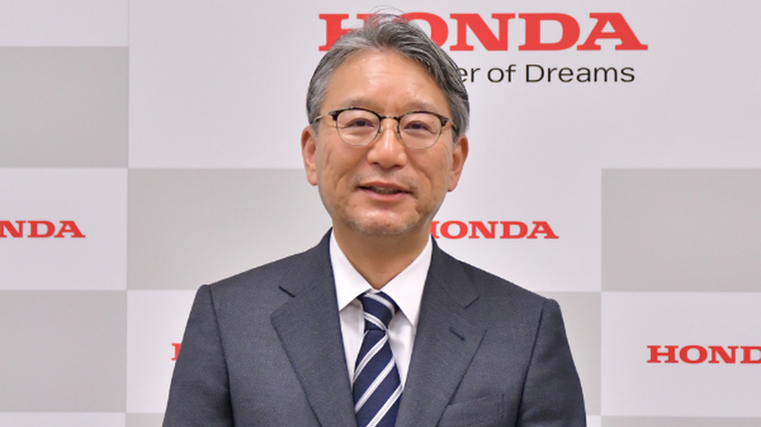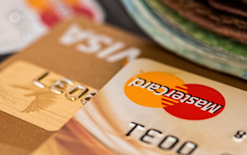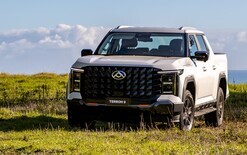Counting the cost of tariffs

Carmakers in Japan are preparing for US tariffs to cost them hundreds of billions of yen annually.
And when the whole impact is added up across the country’s entire automotive industry, the total could escalate to more than ¥1 trillion – or about NZ$11.53 billion.
Some major carmakers there have indicated an intent to ramp up production in America. Most say it’s tough to factor the changing tariff situation into their fiscal forecasts, but they expect the new levies will cost them a lot no matter what happens.
Honda’s chief executive officer, Toshihiro Mibe, says the effect of the tariffs will be “very significant”.
His company expects to post ¥500b in operating profit this fiscal year, down year-on-year from ¥1.2tn. The tariffs will be a major factor because they will wipe out ¥650b in operating profit.
Mibe, pictured, stresses that his company’s estimate is a conservative one because Honda aims to implement countermeasures to mitigate the damage.
Japan is still negotiating with US President Donald Trump’s administration and is seeking a complete elimination of the new tariffs.
About 5.9 million cars from six Japanese brands, manufactured locally and imported, were sold in the US last year.
Koji Sato, Toyota’s chief executive, says: “The business environment surrounding the automotive industry has been changing drastically mainly due to trade policies.”
Because of the uncertainty, the company is only able to offer an estimate of its hit from tariffs for April and May, saying it will be about ¥180b over that period.
Sato indicates Toyota would produce more vehicles for the US market at its plants in the States over the medium to long term.
However, he has pledged to keep domestic production at three million units a year. Toyota has stressed the importance of keeping that level of production in Japan to protect head count and its supplier network.
Sato adds: “The most important thing is to maintain our core principles without wavering and not to panic. We will do what we can with our feet firmly on the ground.”
Toyota isn’t not planning to increase vehicle prices to cover the tariff costs for now. The levies were introduced at 25 per cent on vehicles on April 3. This month, 25 per cent tariffs on automotive parts also came in.
Nissan has refrained from issuing profit guidance for its current fiscal year, but projects tariff-related costs to amount to as much as ¥450b.
The company was in crisis even before the new tariffs came in. Its models are outdated and it has been having issues keeping up with technological change. Efforts to improve its line-up and cut costs have been slow and ineffective.
This week, Nissan announced it will cut about 15 per cent of its total workforce and reduce the number of global production bases to 10 from 17.
Mazda hasn’t issued an earnings forecast because uncertainties are making reasonable projections difficult. It says the tariffs added between ¥9b and ¥10b in costs during April alone, reports the Japan Times.
Suzuki doesn’t sell cars in the US, although it does retail motorcycles and marine products there. It predicts tariffs will cost the company about ¥40b annually.





